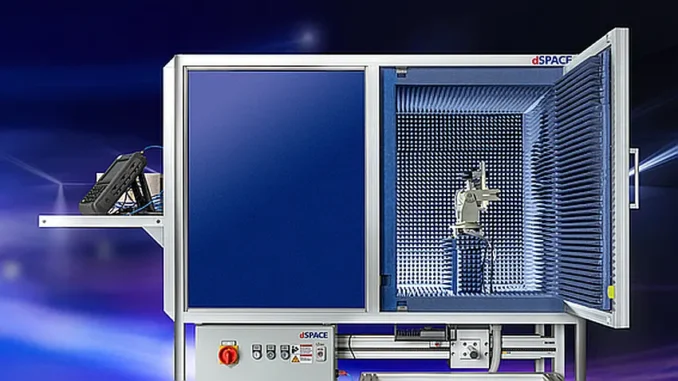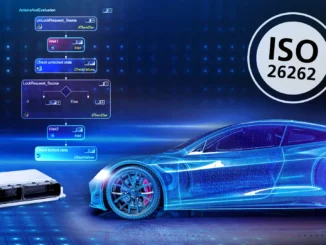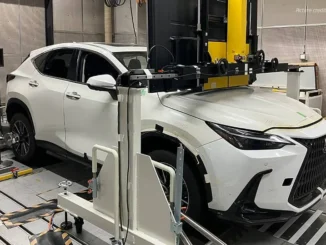
dSPACE has added a function for reproducible angle separation tests to its Essential 2D radar testing solution. With this extension, even complex interference scenarios can now be simulated realistically. By integrating two DARTS frontends on one rail system, two monostatic setups can be realized with outstanding simulation quality. Particularly noteworthy is the ability to investigate the interference behavior of radar sensors by superimposing the radar echo with the signal of a jammer. „The setup makes it easy to investigate the separation capability of high-resolution automotive radar sensors and their interference behavior,“ explains Christian Schäfers, Product Manager at dSPACE. „Both the separation and interference tests can be carried out as black box tests, as no information about the radar sensors is required,“ Schäfers continues. (oe)




